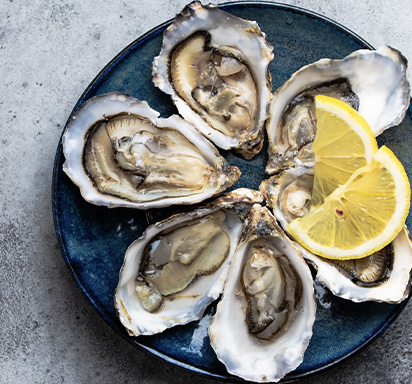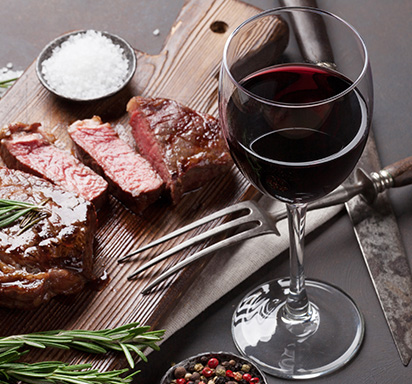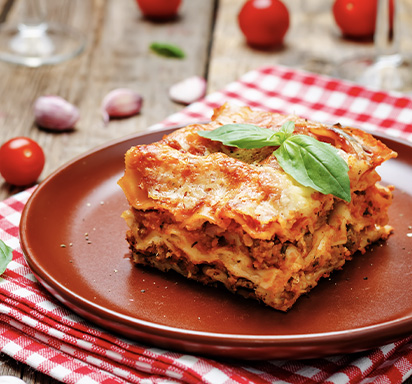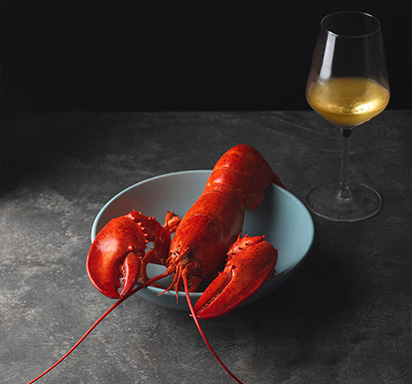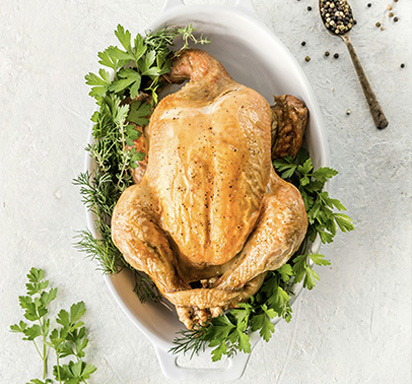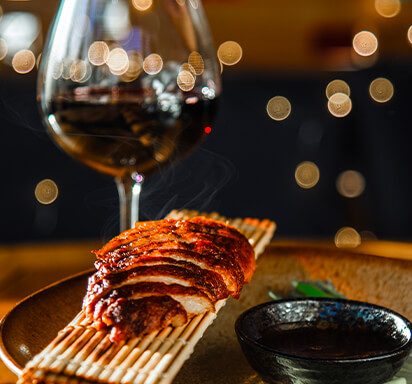Wine and Cheese Pairings: Which Wines pair best with what cheeses?
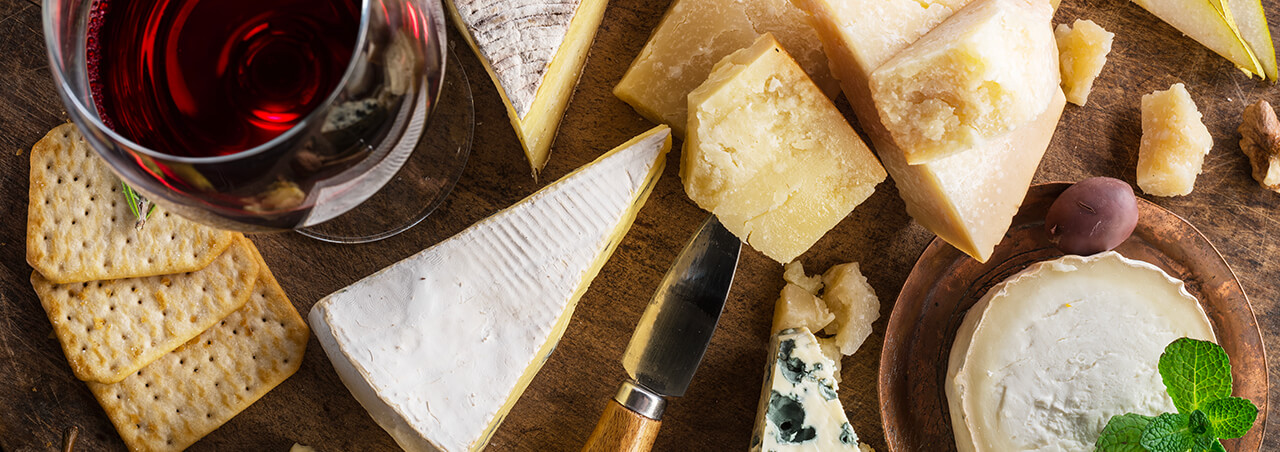
Hosting a get-together with friends and looking for something simple and satisfying to serve them ? You cannot go wrong with a thoughtfully arranged cheese board paired with a well-chosen bottle of wine.
Wine and Cheese: Which Wine to Serve with Cheese?
The pairing of wine and cheese is more than a culinary delight; it is a celebration of terroir, craftsmanship, and tradition. Just like wine, the world of cheese offers an extraordinary diversity of appellations, each with its own story and flavor profile. Let us guide you through the subtle and meticulous art of matching wines with their perfect cheese counterparts.
A Shared Heritage: The Origins of Cheese and Wine
The relationship between wine and cheese runs deep, especially in France, where both are cornerstones of gastronomy and culture. The Middle Ages saw monasteries pioneering the production of fine cheeses, their expertise echoing the meticulous processes used in winemaking.
Today, cheese and wine continue to be deeply tied to their terroir—the climate, soil, and traditions that define their character. Both invite us to explore the land through our taste buds, uncovering subtle regional nuances in every bite and sip.
White or Red? The Eternal Debate
For many, cheese is synonymous with red wine, but this pairing can be deceptive. According to Manuel Peyrondet, a renowned sommelier, the proteins in cheese can intensify the tannins in red wine, often leading to contrasting flavors. He recommends instead pairing cheese with white wines or even dessert wines, which complement the creamy textures and delicate flavors of cheese with their acidity and freshness.
Why White Wines Work Best with Cheese
The crisp acidity and vibrant flavors of white wines cut through the richness of cheese, providing a harmonious balance. Wines like unoaked Chardonnay, Chenin Blanc, or Riesling bring out the best in soft and semi-soft cheeses. Similarly, the bubbles in Champagne or Crémant add a playful contrast to creamy textures, elevating the pairing experience.
Which Red Wine to Serve with Cheese?
While white wine reigns supreme, red wine has its moments, particularly with specific cheeses. Light-bodied reds with low tannins, such as Gamay or Pinot Noir, shine alongside milder cheeses. Appellations like Beaujolais or Alsace Pinot Noir can pair beautifully with washed-rind or semi-hard cheeses, such as Saint-Nectaire or Ossau-Iraty.
For an adventurous twist, pair a sweet red wine like Maury or Banyuls with blue cheeses. The sweetness balances the sharp, salty flavors, creating a memorable combination.
Cheese Families and Their Perfect Wine Pairings
Understanding cheese families helps simplify the pairing process. Here’s a guide to match popular cheese styles with ideal wines:
Wine pairing with fresh cheeses, soft cheese, mild cheeses
The most delicate style of cheese is a soft, rindless fresh cheese that has not been aged and thus sports a mild, sometimes slightly tangy flavor. These cheeses tend to go best with dry or off-dry white wines, rosé or light-bodied, fruity red wines with a low degree of alcohol. Pair fresh mozzarella, burrata or ricotta with a bright Pinot Grigio from northern Italy, a rosé from Cotes de Provence or a fruity Cabernet Franc from Chinon. A slightly briny, salty cheese like feta or fresh goat cheese will go nicely with an off-dry, aromatic white like a Riesling from Germany or the Finger Lakes.
Wine pairing with bloomy rind cheeses, creamy cheeses
One of the most indulgent cheese styles, this category focuses on cheeses with white bloomy rinds and creamy interiors. The perfect wine pairing will be one with enough acidity to balance their rich, creamy texture. The subtle mushroom aromas and buttery texture of Brie will go best with a dry, traditional-method sparkling wine, like a Brut Champagne or Cava. Meanwhile a slightly pungent, earthy Camembert will pair nicely with an unoaked, mineral Chardonnay from Chablis or Barbera d’Alba from Piedmont. And for a classic regional pairing, try Crottin de Chavignol (a tangy, spreadable goat cheese) with Sauvignon Blanc from Sancerre.
Wine pairing with washed rind cheeses, funky cheeses
Cheeses whose rind has been washed in a kind of brine, wine or beer tend to be slightly funky, gamy and pungent in flavor. We recommend pairing a rich, grassy Reblochon cheese with a floral Chenin Blanc from the Loire Valley or chilled red wine from Jura. The yeasty nuances of a Taleggio could go well with a sparkling wine, while a pungent Munster cheese will marry beautiful with an aromatic Gewurztraminer from Alsace. And finally, a funky, buttery Epoisses cheese will shine brightest with an earthy, complex red wine, like an aged Pinot Noir from Burgundy.
Wine pairing with semi-soft cheeses, firm cheeses, young cheeses
One of the most diverse cheese styles, semi-soft cheeses fall somewhere between spreadable creamy soft cheeses and brittle, crumbly hard cheeses. One of our favorites is the very versatile Gruyere, which pairs nicely with fuller-bodied white wines with a touch of oak, such as a Viognier from Condrieu or a Meursault. The mild, nutty flavor of a young Gouda could go nicely with the rustic, garrigue nuances of an unoaked Cotes du Rhone red. Pair Edam, Morbier and Havarti with a young Chianti or an unoaked red wine from Roussillon.
Wine pairing with hard cheeses, aged cheeses, ripened cheeses, nutty cheeses
As cheeses age they tend to lose moisture, resulting in a brittle, crumbly texture and more concentrated, complex flavors. Pair these cheeses with bolder, spicier, more complex red wines with a bit of age on them or with an equally nuanced Sherry. A nutty, sharp aged cheddar cheese, for example, will go beautifully with a full-bodied Bordeaux wine from Margaux or Saint-Estephe. A great regional pairing is a gamy, tangy Pecorino with a classic Sangiovese from Tuscany. A nutty Parmesan could go nicely with Nebbiolo from Piedmont, while a Manchego will go best with a Palo Cortado sherry from Spain.
Wine pairing with blue cheeses, blue vein cheeses
Dessert wines truly shine brightest when paired with the funkiest, most pungent of cheese types: blue cheese. Pair a classic sheep-milk Roquefort with a sweet wine from Sauternes or Barsac, typically a blend of Semillon, Sauvignon Blanc and Muscadelle. The slightly sweet nuttiness and salty flavors of a Gorgonzola will pair nicely with a dessert wine made from dried grapes, like a Recioto della Valpolicella or a noble rot wine, such as a Beerenauslese Riesling from Germany. And finally, a dense, peppery, funky Stilton will match perfectly with a fortified wine, such as Port.
Pairing as a Personal Journey
Ultimately, the art of pairing wine with cheese is as much about personal preference as it is about guidelines. Experimenting with combinations allows you to discover unique pairings that delight your palate. Whether you’re indulging in a creamy Brie with Champagne or savoring a pungent Roquefort with a glass of Sauternes, wine and cheese have a magical way of transforming any occasion into a moment of joy.
One of the greatest pleasures of the culinary world, cheese comes in hundreds (if not thousands) of different styles, offering infinite wine and cheese pairing opportunities. When searching for the perfect wine to pair with your cheese, consider the characteristics of the latter and remember a few general rules of thumb: Milder cheeses will go with lighter-bodied, fruitier wines with lower alcohol, while more intensely flavored cheeses will stand up to fuller-bodied, bolder wines with higher alcohol. Creamier, fattier cheeses will balance beautifully with wines that have a high degree of natural acidity, especially a sparkling wine. And for a cheese with a nutty, salty, funky profile choose a dessert whose sweetness will counteract these flavors, lulling the palate into a dreamy state of harmony.
You may like
Discover the best wines to pair with oysters—from crisp Muscadet and elegant Chablis to vibrant Assyrtiko and Champagne. Learn how to match wine with raw, warm, or mixed seafood platters.
8/1/2025A summer icon, barbecuing is one of our favorite warm-weather activities. Whether with family or friends, we love firing up the grill to savor delicious summer dishes, but which wines should we choose to accompany them?
7/29/2025Lasagna, an iconic Italian dish with many variations, pairs wonderfully with different wines. Whether it's Bolognese, vegetarian, or seafood lasagna, discover the best wine matches to enhance each unique flavor.
2/24/2025Learn how to match buttery Chardonnay, zesty Sauvignon Blanc, elegant Champagne, and more with iconic lobster dishes. Enhance your dining experience with expert tips & wine pairing suggestions tailored to every preparation style.
1/15/2025From the timeless Chardonnay to the light Pinot Noir, this food and wine pairing guide is your passport to unforgettable dining experiences with succulent chicken and poultry dishes.
1/31/2024Duck is a fascinating ingredient in that while it is technically considered a poultry, it can also be classified as a dark meat for its bloody, firm texture and gamey flavor. Duck can be prepared in a myriad of ways.
2/14/2023











